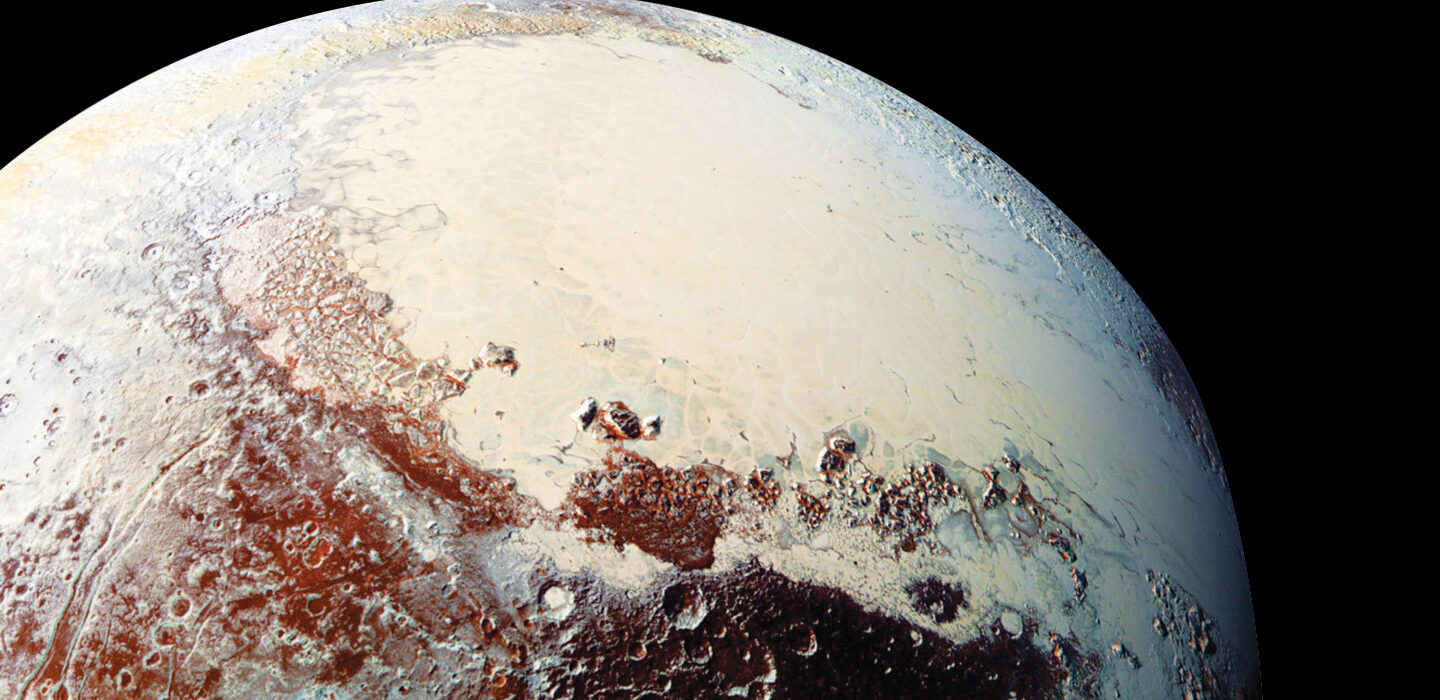In 2006 astronomers changed the definition of a planet this means that pluto is now referred to as a dwarf planet

In 2006, Astronomers Redefined the Idea of a Planet

In the vast expanse of space, our understanding of celestial objects has constantly evolved. Astronomers, through the aid of advanced technology, have continuously made groundbreaking discoveries, unraveling the mysteries of the universe. One such significant change occurred in 2006 when astronomers redefined the definition of a planet, ultimately reclassifying Pluto as a “dwarf planet.”
Prior to this redefine, many of us grew up learning a simple definition of a planet – a celestial body that orbits the Sun, is spherical in shape, and has cleared its neighborhood of other debris. This long-standing definition served as the foundation of the planets we were familiar with: Mercury, Venus, Earth, Mars, Jupiter, Saturn, Uranus, and Neptune. However, with the emergence of new knowledge and advancements in astronomy, astronomers recognized the necessity for a clearer and more precise definition.

The International Astronomical Union (IAU), a globally recognized organization that oversees astronomical matters, assembled in 2006 to redefine the definition of a planet. Their objective was to establish a scientific and consistent classification system that would encompass the diverse celestial objects discovered thus far. After much debate and careful consideration, the IAU introduced a new definition that required a celestial body to meet three criteria in order to be classified as a planet.
First, the object must orbit the Sun. Second, it must be spherical in shape, meaning it has sufficient self-gravity to pull itself into a nearly round shape. Finally, it must have cleared its orbital neighborhood, ensuring there are no significant objects, such as asteroids or other planets, crossing its path. It is this last criterion that led to the reclassification of Pluto.
While Pluto orbits the Sun and is spherical in shape, it shares its orbital neighborhood with other objects in the Kuiper Belt, a region beyond Neptune populated by icy bodies. Thus, under the revised definition, Pluto was deemed unable to fulfill the requirement of clearing its orbit, and was consequently designated as a “dwarf planet.”
The reclassification sparked passionate discussions among astronomers and the general public. Some argued that Pluto had always been considered a planet and should remain so based on historical sentiment. Others supported the new definition, believing that it reflected a more accurate representation of the solar system. Despite the differing opinions, the redefinition of a planet opened up exciting opportunities to better understand the dynamic nature of our celestial surroundings.
In conclusion, the change in the definition of a planet in 2006 by the International Astronomical Union led to the reclassification of Pluto as a dwarf planet. This modification aimed to refine our understanding of celestial objects, ensuring a consistent framework to categorize them. As our knowledge of the universe continues to grow, we can appreciate the evolving nature of science and the incredible discoveries yet to come.
(Source: ScienceNews)
Tags
Share
Related Posts
Quick Links
Legal Stuff

